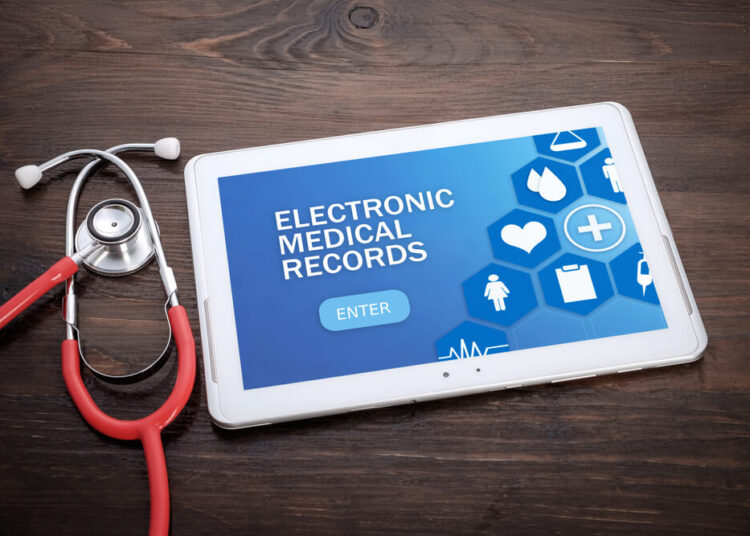image from: www.softclinicsoftware.com
Introduction
In today’s fast-paced healthcare environment, Electronic Medical Records (EMR) systems have become essential tools for improving patient care and operational efficiency. By replacing paper-based records with secure digital systems, healthcare providers can access patient information instantly, reduce errors, and make informed decisions in real-time.
This guide explores how EMR systems work, their benefits, and practical strategies to maximize their potential in clinical settings.
What Are Electronic Medical Records (EMR) Systems?
An EMR system is a digital version of a patient’s medical chart within a single healthcare organization. It contains vital data such as:
-
Patient demographics
-
Medical history
-
Diagnoses and treatment plans
-
Lab results and imaging reports
-
Prescriptions and medication records
Unlike Electronic Health Records (EHRs), which are shared across multiple organizations, EMRs are primarily used internally within one practice or hospital.
Key Features of EMR Systems
-
Real-Time Access – Clinicians can retrieve patient records instantly.
-
Integrated Lab and Imaging Results – All diagnostic data in one place.
-
Medication Management – Automated prescription tracking and alerts.
-
Clinical Decision Support – Evidence-based recommendations for care.
-
Data Security & Compliance – HIPAA-compliant encryption and access controls.
How EMR Systems Improve Patient Care
1. Enhanced Accuracy and Reduced Errors
By eliminating handwritten notes, EMRs minimize the risk of misinterpretation and ensure accurate documentation.
2. Faster Decision-Making
Instant access to a patient’s complete medical history allows doctors to make quicker, more informed treatment decisions.
3. Better Care Coordination
When multiple specialists are involved, EMRs enable seamless sharing of patient information within the same organization.
4. Preventive Care Opportunities
EMR alerts can remind clinicians about screenings, vaccinations, or follow-up appointments.
How EMR Systems Increase Efficiency
1. Streamlined Workflows
Automated scheduling, billing, and reporting reduce administrative burdens.
2. Improved Communication
Secure messaging between providers and patients reduces unnecessary phone calls and visits.
3. Reduced Duplication of Tests
Lab results and imaging records are stored and accessible, preventing costly repeat procedures.
4. Analytics and Reporting
Data from EMRs can identify trends, improve resource allocation, and enhance hospital performance.
Challenges and Solutions
-
Challenge: High implementation costs.
Solution: Consider cloud-based EMR systems with subscription models. -
Challenge: Staff resistance to change.
Solution: Offer thorough training and demonstrate time-saving benefits. -
Challenge: Data privacy concerns.
Solution: Use systems with advanced encryption and role-based access.
Best Practices for Maximizing EMR Benefits
-
Involve Clinicians in System Selection – Ensure it meets practical needs.
-
Provide Ongoing Training – Keep staff updated on new features.
-
Integrate with Other Systems – Link EMR to lab, pharmacy, and imaging systems.
-
Monitor Performance Metrics – Regularly review efficiency and patient outcome data.
Conclusion
Electronic Medical Records systems are more than just digital storage—they’re powerful tools for improving patient care, enhancing efficiency, and supporting better clinical decisions. By choosing the right EMR system and implementing it strategically, healthcare providers can create a safer, faster, and more patient-centered care environment.
In a world where time and accuracy can mean the difference between life and death, EMR systems are a crucial investment for the future of healthcare.











